The river ululates and flows in a pregnant torrent. The brown water is fierce and powerful. Small fishing boats fight against the rush of water to get to the best spots. The tropical flora grants you some shade as you look out across the river from one country to another. The Mekong River runs through six countries and here, at the half-way point, it is a raging murky mass that is spanned by the friendship bridge. On the other side of it is Vientiane, the capital city of Laos, you are in the frontier town of Nong Khai on the Thai-Lao border. The ancient town is more than a bland border town and has more than just a few visa offices and guesthouses. Here you are in the Lao speaking part of Thailand in an area that was fought fiercely over by warring factions for hundreds of years.
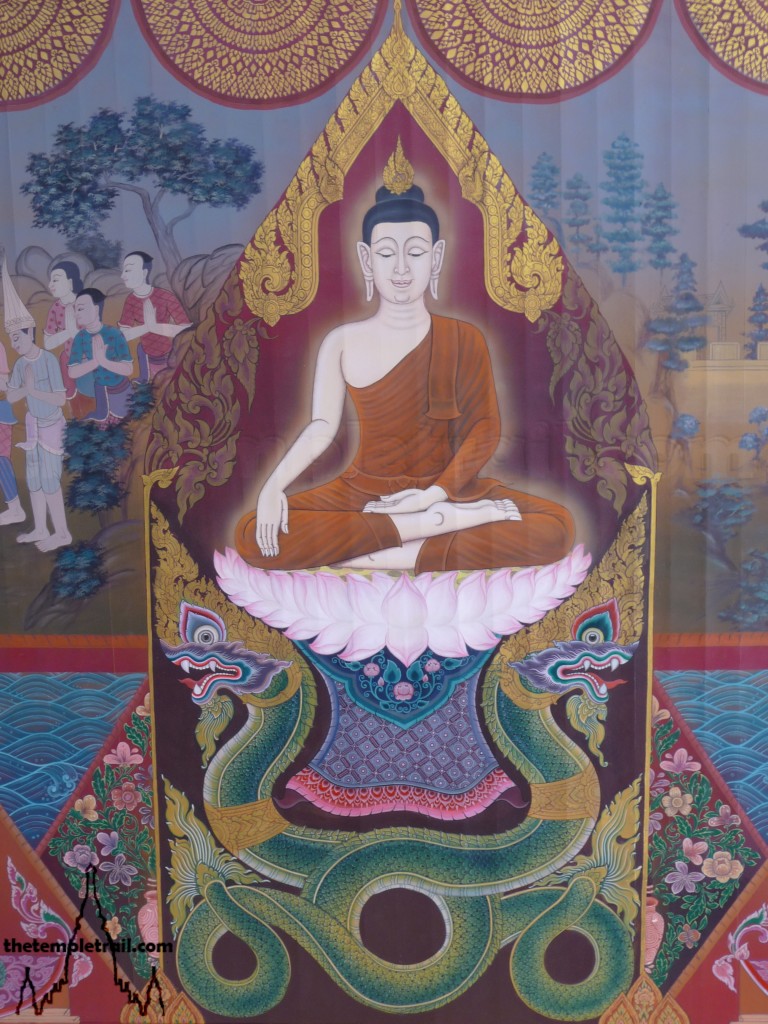
You arrive in the morning on the much-delayed 14-hour sleeper train from Bangkok and then take a bone-shaking tuk-tuk into town. You feel shattered, but free from the crowd of expat visa-runners who skip the town completely and head straight for the Laos immigration checkpoint. After dumping your bags in a riverside guest house, you come to the swirling writhing mass of the Mekong.
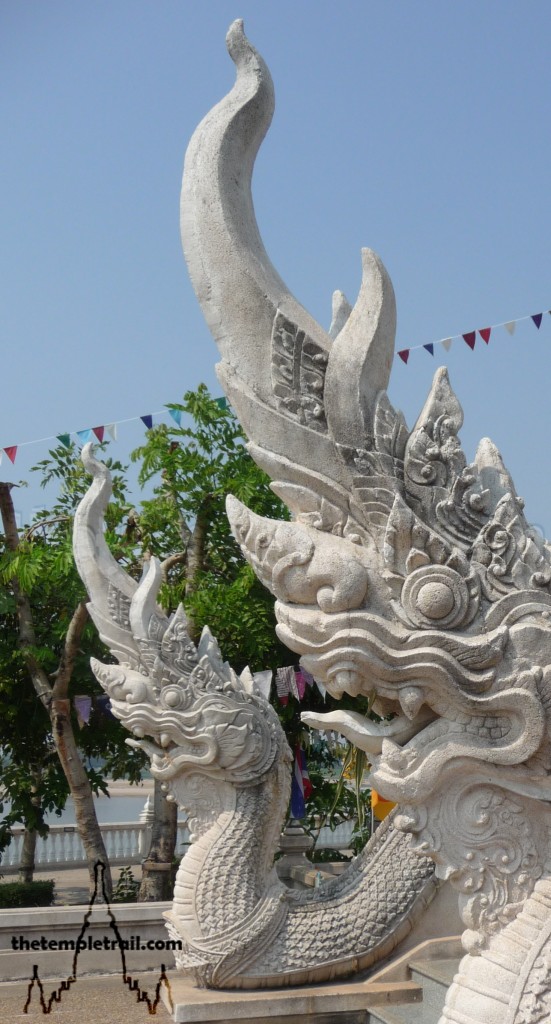
Walking along the river eastwards, you see typical scenes of Mekong life. Thai language is mixed with Lao as you go through the market and bargain with some locals over an item or two. Continuing along your bearing, you arrive at a special point in the centre of the river that has been marked by the locals. The Sunken Chedi (stupa) is little more than a brick protrusion that juts out of the river, but it is still worshipped by groups from both banks of the Mekong. Phra That Klangnam, fell into the river in the mid-nineteenth century and is visible only during the dry season. The 15th to 17th century Chedi, which houses nine Buddha foot bones, has been migrating deeper into the river each year and is now almost in the dead-centre, adorned with flags.
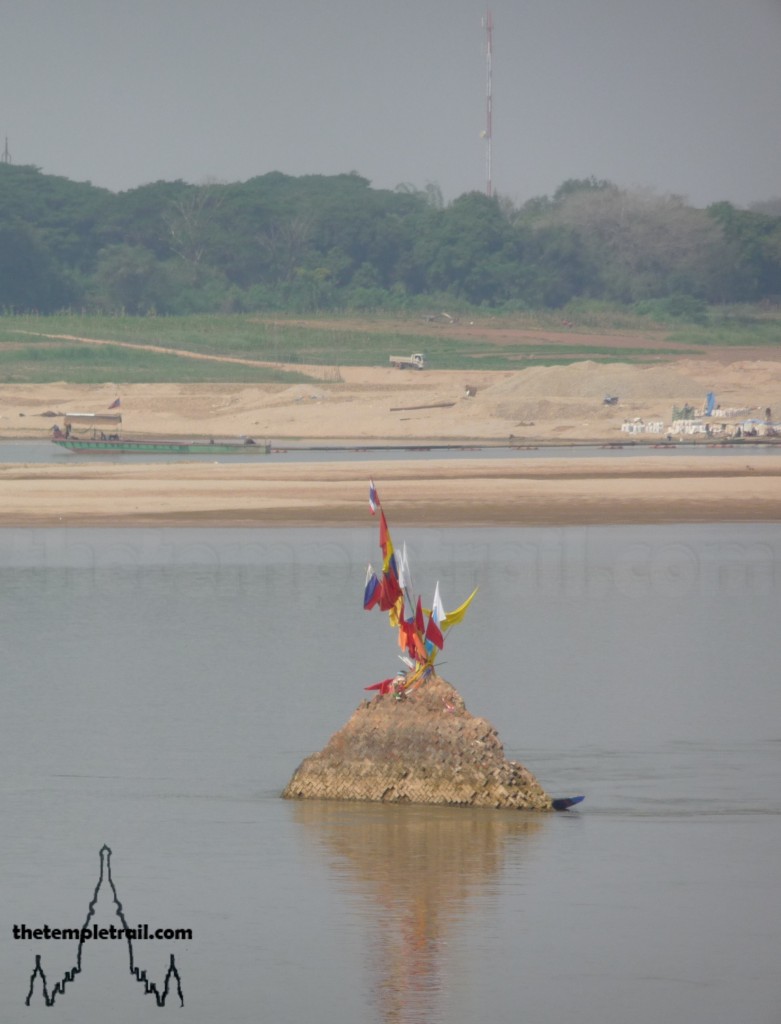
The eddying currents swirl around the brickwork and you see why the locals believe that nāgas (mythical water serpents) inhabit the river. You find statues of them guarding temples on both sides of the river and all over the countries that boarder the Mekong. Every year on Wan Awk Pansa, the last day of the rains retreat, a phenomenon occurs. The locals call it bang fai phaya nak or nāga fireballs. Glowing balls rise from the river and into the air. They are mostly concentrated in the town of Phon Phisai, but they are reported down all of this stretch of river. Science is yet to provide a rational explanation for them and the locals see no other possibility – they must be from the nāgas.
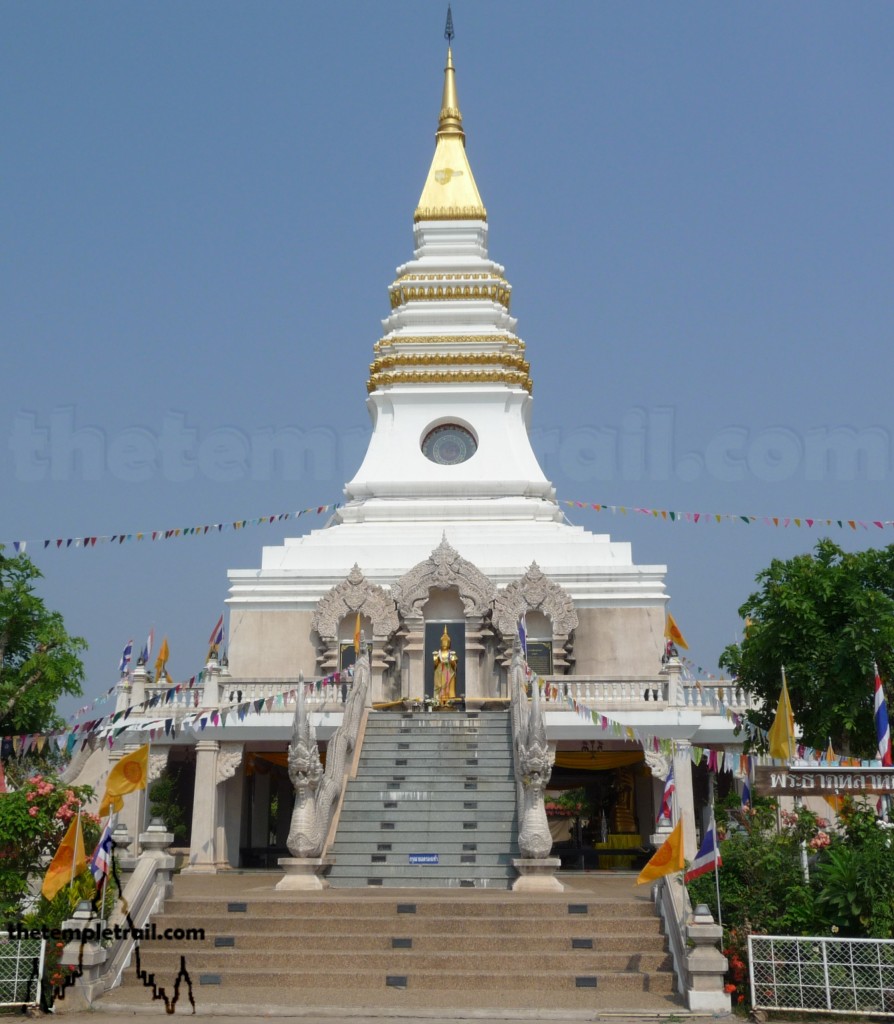
The reconstruction of Phra That Klangnam, Phra That Nong Khai, sits in the original spot at the end of Rim Khong road and watches out over its predecessor. The nāgas of the Mekong are represented as guardians on the hand rails of the stairway. It is a faithful reconstruction in the Lao-style with its square white base and long, thin angular gold-tipped spire. It was finished in 2006 and is filled with wonderful murals about the pagoda and a small shrine. Standing below it in the blazing sun, you race up the steps and into its colourful interior.
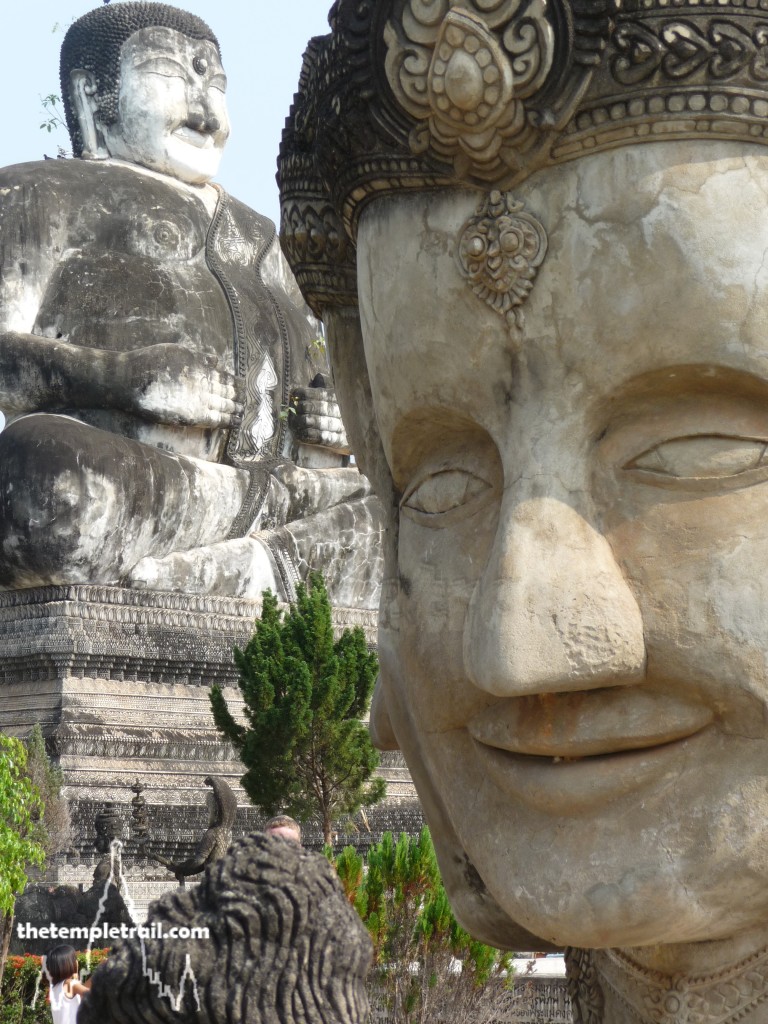
From the stupa, you cut back inland and head for one of the strangest, yet utterly compelling, sights you will find in Thailand. The amazing and bizarre sculpture park called Sala Kaew Ku (The Hall of Kaew Ku) or Wat Khaek is mind-boggling. It was the brain-child of a Thai-Lao mystic called Luang Pu Bunleua Sulilat who, along with his assistants, spent years constructing mammoth Buddhist and Hindu structures from concrete. Sulilat left the much smaller park, Xieng Khuan, that he began just outside of Vientiane and crossed the river to Nong Khai when the communist Pathet Lao took control of Laos. Although he had to abandon his previous project in Laos, he resumed his work with even greater vigour on the Thai side of the river and named the new park after his own spiritual teacher, the ruesi (hermit) Kaew Ku.
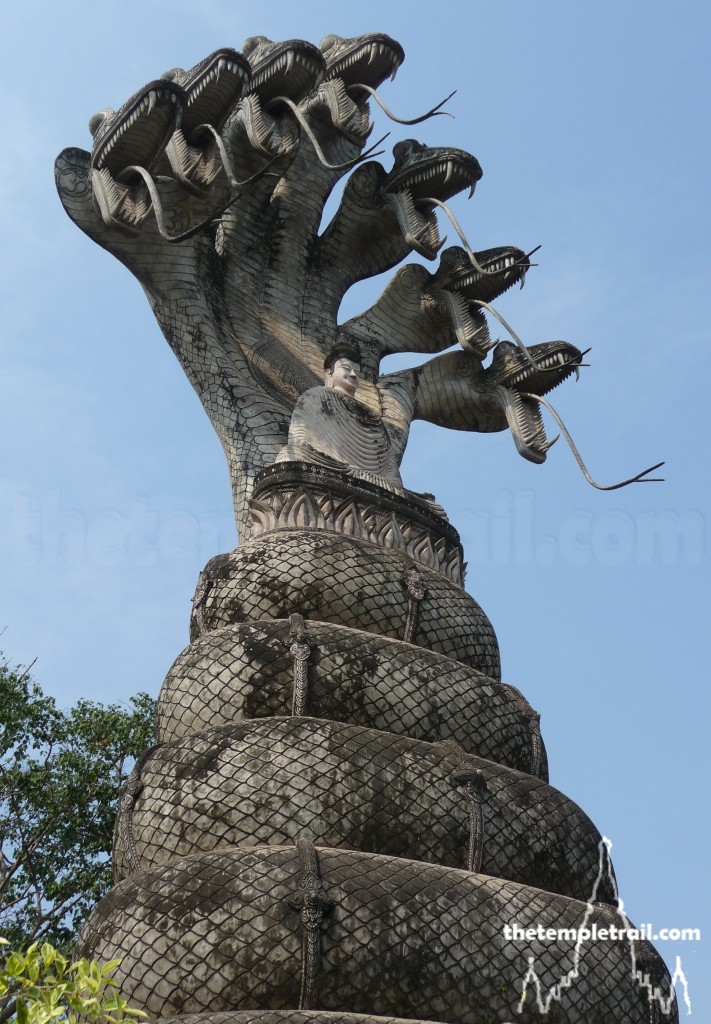
Walking through the park, you are confronted with various gruesome and fantastic images. Aside from the huge fat Phra Sangkajai (Kātyāyana, a disciple of Buddha) and the figures from the Ramakien (Ramayana) a few other statues really capture your attention. The huge-mawed asura Rahu (an anti-god) swallows the sun and Gaṇeśa sits serenely with the other devas (gods). The massive Na Plok Buddha (Buddha sheltered by the nāga Mucalinda) is a fearsome statue that looks across the park at the other behemoths. It is captivating with its potent raw energy and you find it hard to shift your focus away from it. Venturing deeper into the park, you come to the Wheel of Life. The interactive sculpture takes you on a journey through the cycle of life and the karmic cycle of birth and rebirth. You enter the piece through the mouth of a demon representing the vagina and are born into the middle of the sculpture. As you walk around the inside of the circle, you follow the life journey through infancy to old age and all of the various stages that affect your karma. A pair of skeletons remind you of what faces us all in the end.
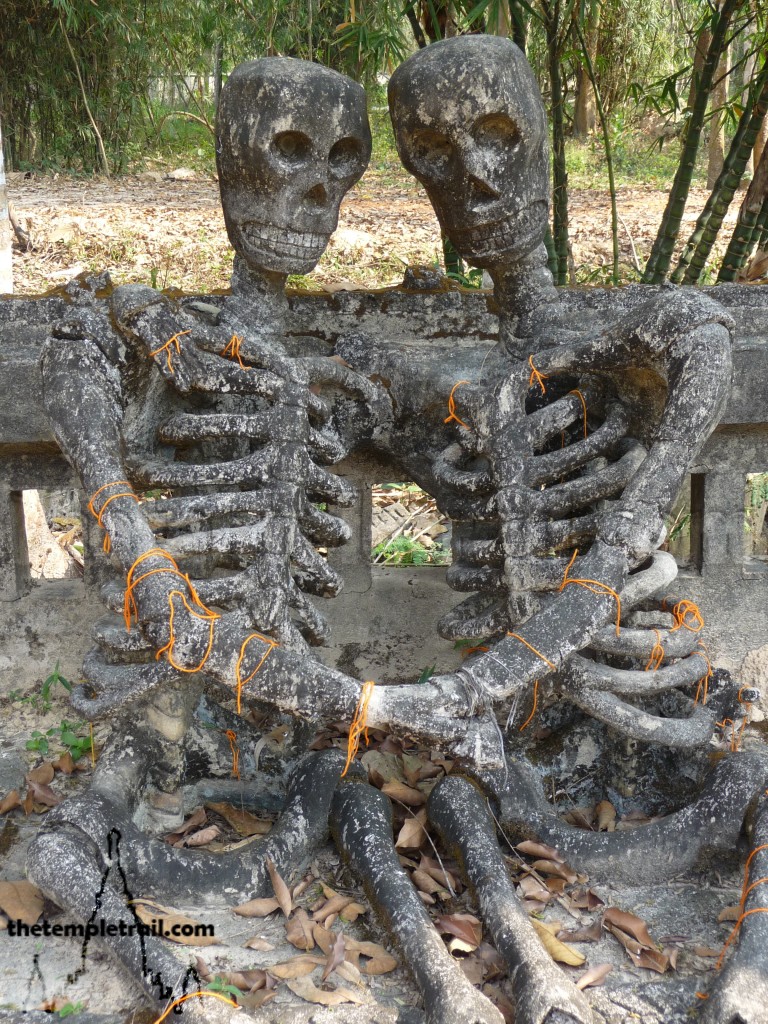
Having learned your lessons, you exit the sculpture and move towards the centre of the grounds. In the middle of the park is the pavilion that now houses Sulilat’s non-decaying body. His followers believe that his powers have mummified his corpse. Once it was his house, but now it is his shrine and tomb. It is a grim, yet interesting chamber and you see the preserved Sulilat in his glass domed resting place. Amulets and other charms are sold in the pavilion and you leave with a little bit of his magic to take with you on your own journey.
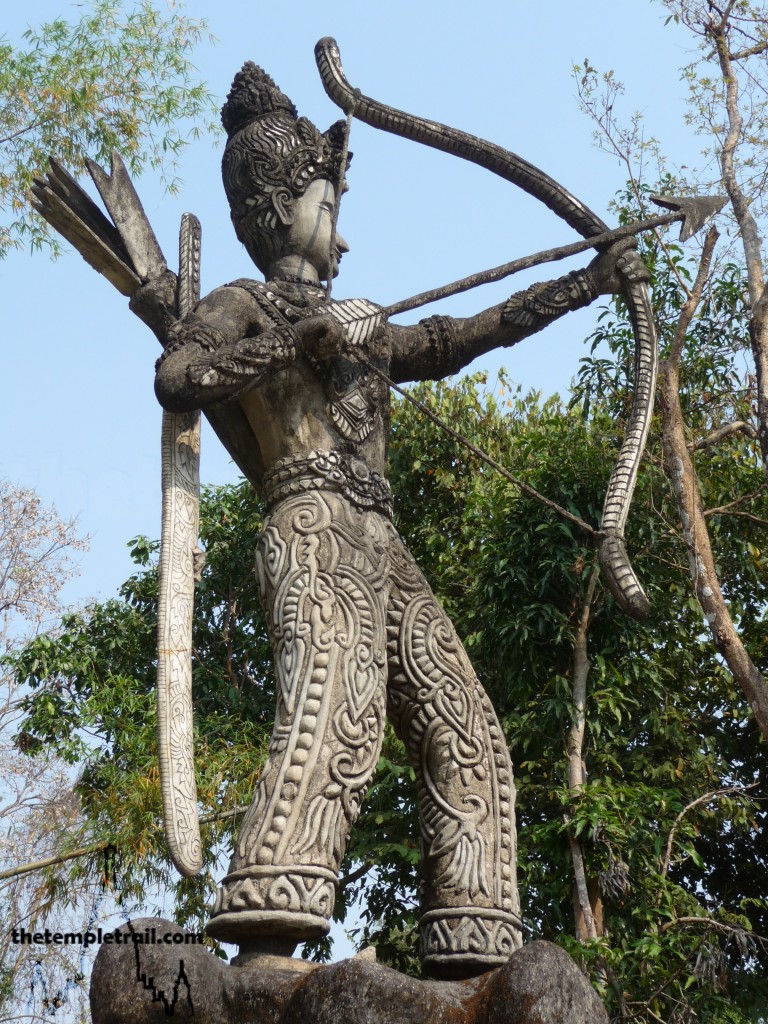
Leaving the park, you head down a dusty highway that skirts the edge of town. After walking for a couple of kilometres, you enter into the town once more to see a very special temple. It is special for what it houses. As you approach Wat Pho Chai, it could be almost any other wat (Thai temple). It does not look particularly exceptional compared to hundreds of others. When you walk through the doors of the ubosot (ordination hall) and look across the room, an amazing statue greets you. The bronze bodied Luang Phor Phra Sai has a solid gold head and a solid gold story to go with it. The story is told by beautiful murals on the walls around the one metre tall idol.
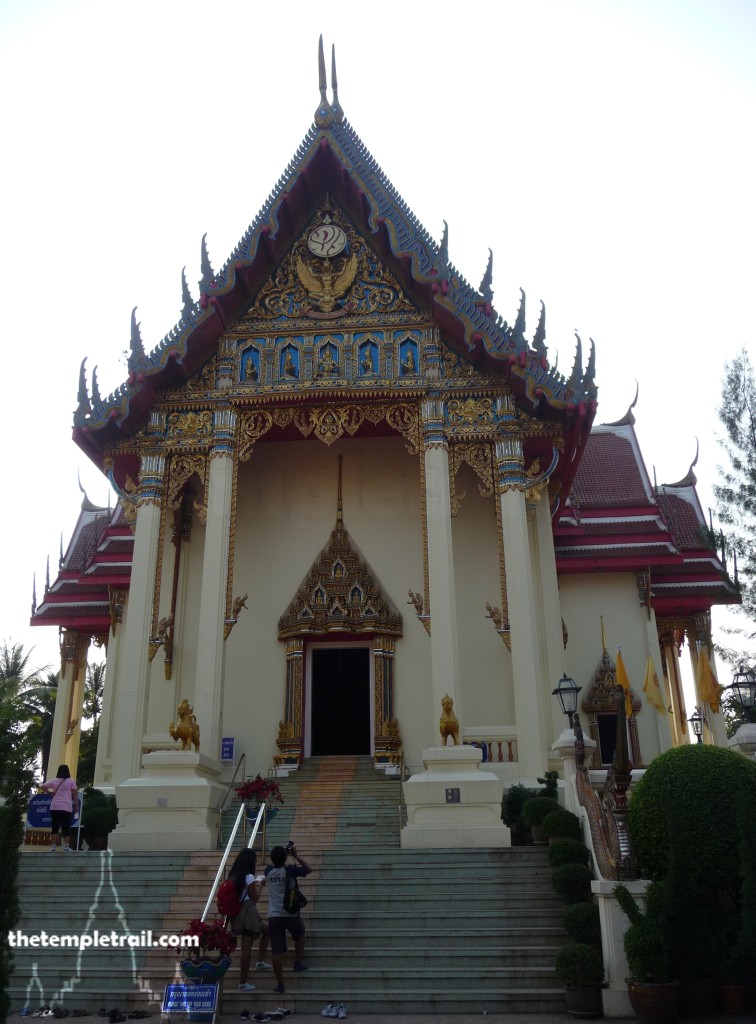
Luang Phor Phra Sai is one of a set of tripets that were cast in Laos during the Lane Xang era. The statues were named after three princesses of the kingdom: Phra Sai, Phra Serm and Phra Suk. In the late 18th century, they were moved to Vientiane and after the city was sacked, they were taken by the Thais. The three statues were put on rafts and while crossing the Ngum River, the raft holding Phra Suk sank during a storm. The statue remains on the bottom of the river today at a very violent part of the river called Wern Suk. The two remaining statues made it across and Phra Serm was enshrined in Wat Pho Chai while Phra Sai was sent to Wat Pradit Thammakhun, both in Nong Khai. During the reign of Rama IV, the Thais tried to move both statues to Bangkok. Phra Serm made it to Wat Patum Wanaram in Bangok but Phra Sai had ideas of its own. When the cart it was on passed Wat Pho Chai, Phra Sai stopped and would not move. They used elephants to try to move it, but still it would not budge. Eventually, the governor said a prayer and invited the statue to remain at Wat Pho Chai, as it seemed that it had chosen its new home. The statue was then put in the temple and has stayed there ever since. Looking into the eyes of the golden headed statue, you can believe it has a mind of its own and a bright intelligence to go with it. The utsanit (fiery hairpin) is encrusted with rubies and represents the brilliant wit of the Buddha.
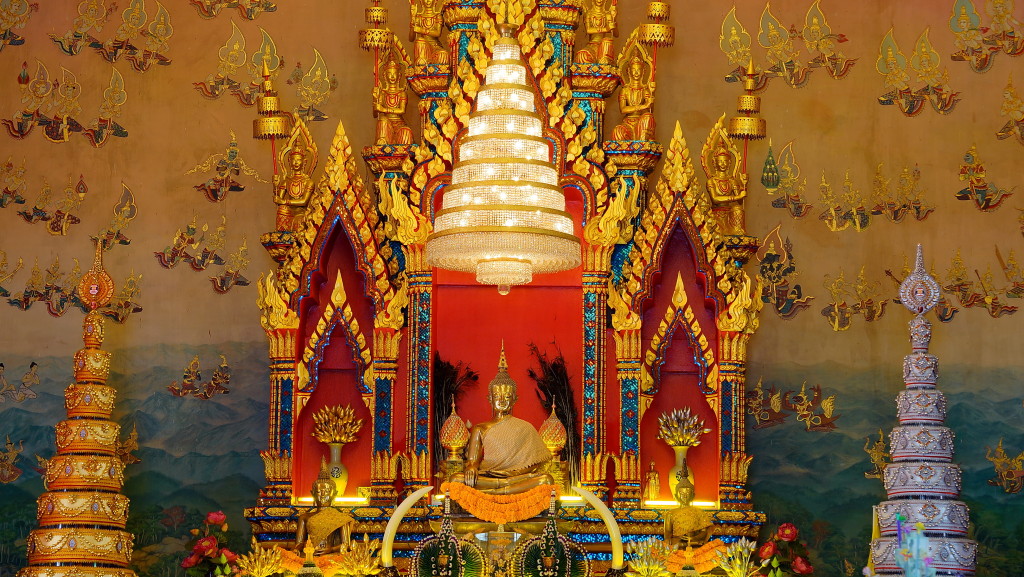
Lying on your bed under a mosquito net in the old guest house, you can help but feel you have been in a place of magic for the past day. Nong Khai has given you much to question about your sense of reality. Things that you would normally dismiss as hokum have been presented to you as fact. Maybe there is more to things than meets the eye. Perhaps the supernatural powers of Buddha statues and holy-men exist here. Regardless of the truth, it is easy to believe the fervent candour of the locals. Maybe the nāgas do spit fire into the air.
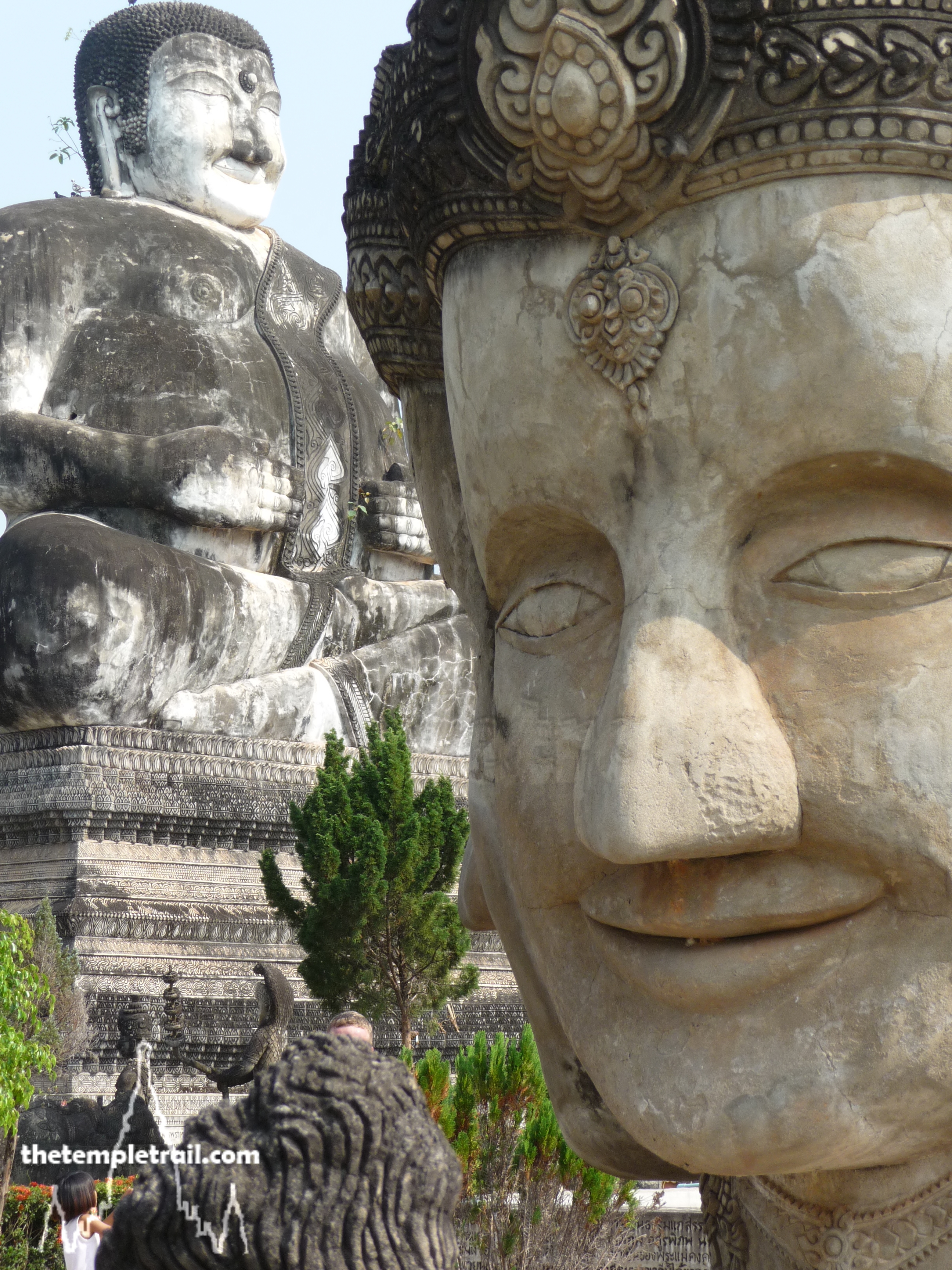
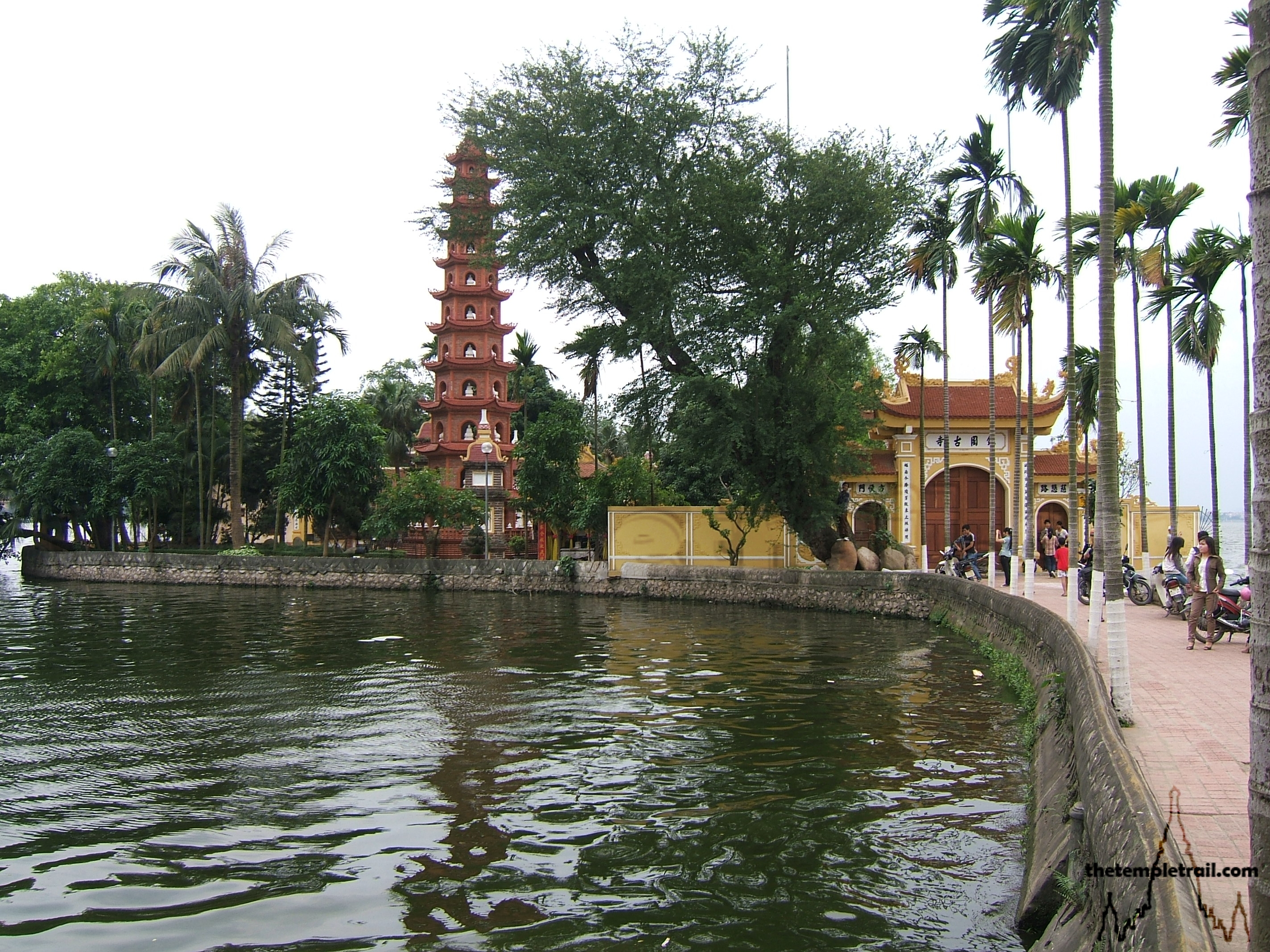 Hồ Trúc Bạch
Hồ Trúc Bạch
What is the address of this temple.
Hi Mina
Wat Po Chai is on Pho Chai Road, near the Pho Chai Market and the bus station off Highway 212.
Tom